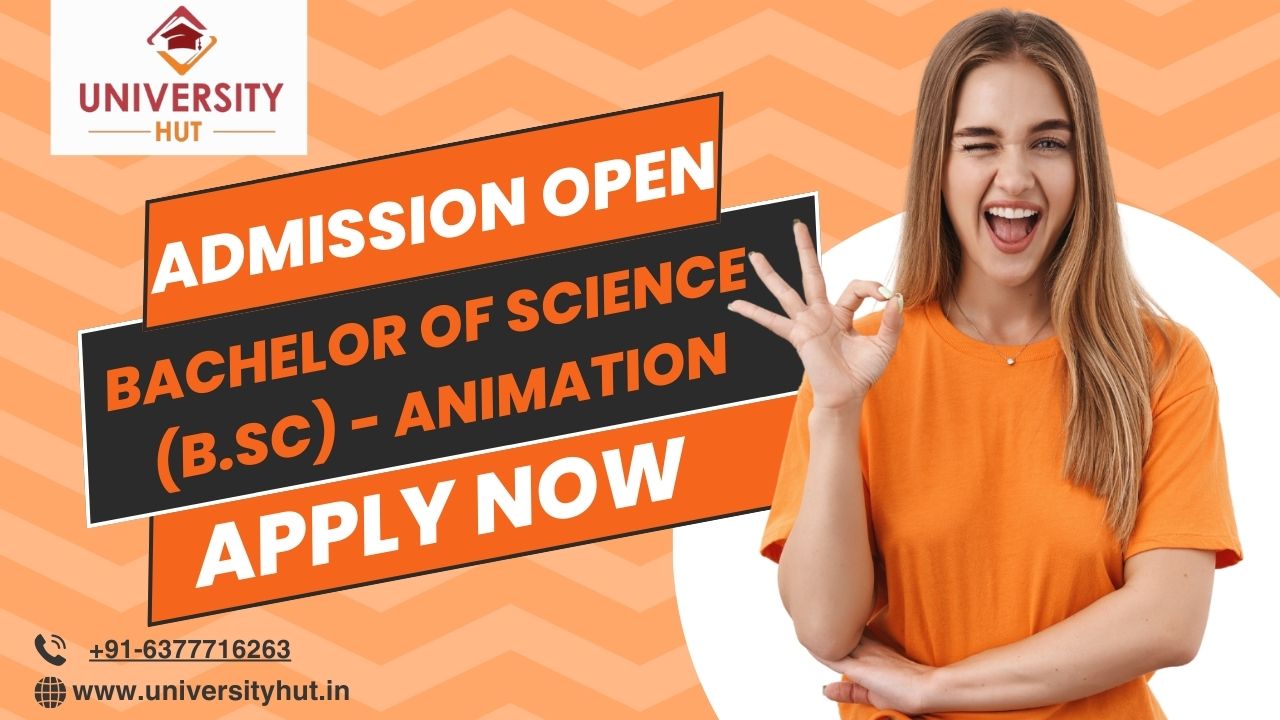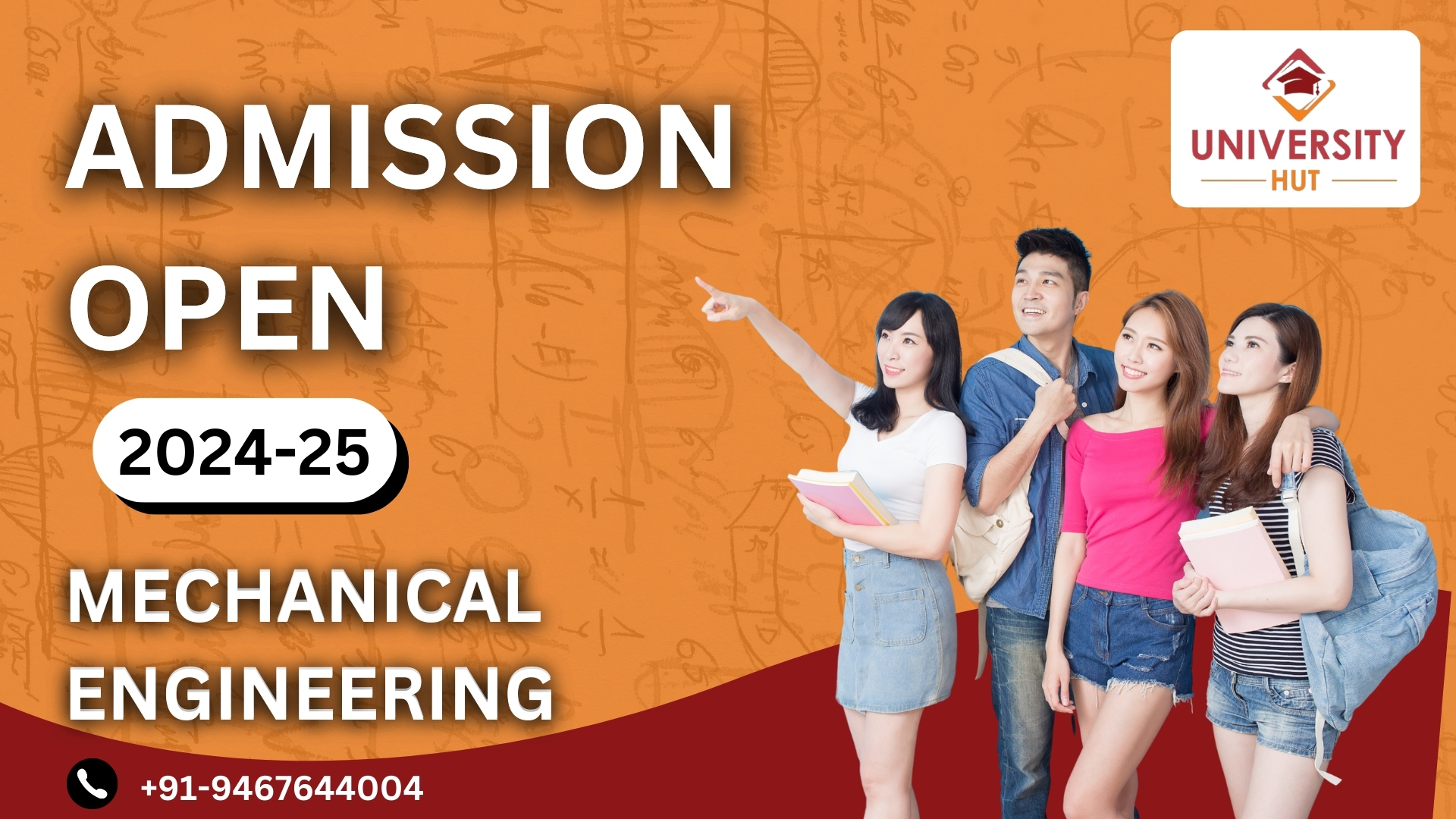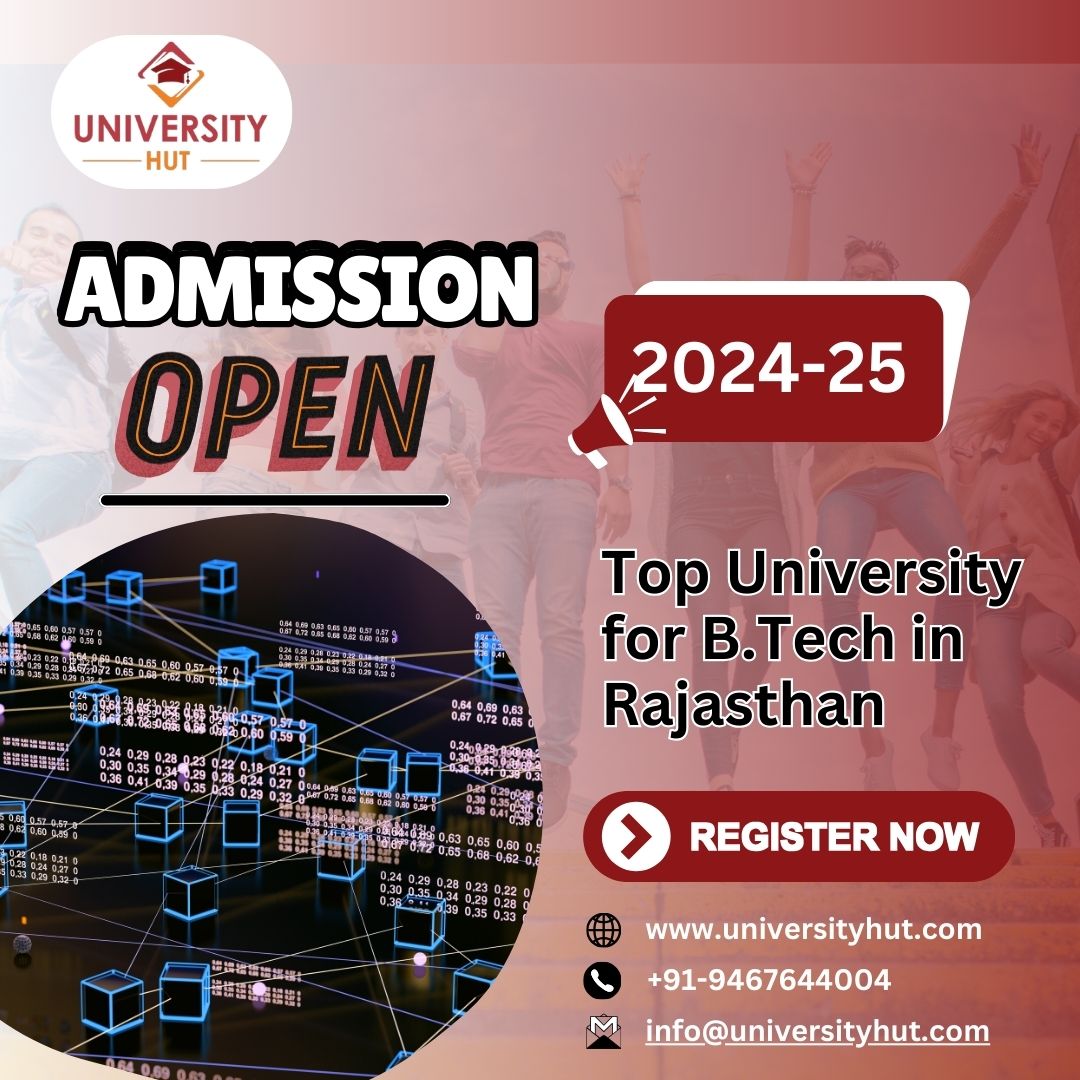Bachelor of Science(B.Sc) - Animation
Introduction about Bachelor of Science(B.Sc) - Animation
Dev Bhoomi University, Uttarakhand referred by University Enquiry offers Bachelor of Science in Animation (BSc Animation) is an undergraduate degree program that focuses on providing students with a comprehensive understanding of animation techniques, digital media, and the creative and technical aspects of visual storytelling. This program is designed to equip students with the skills necessary to thrive in the dynamic and rapidly evolving field of animation, which encompasses various industries, including film, television, gaming, advertising, and interactive media. The BSc Animation program combines artistic and technical elements, offering students a balanced curriculum that covers traditional and digital animation methods. Students are exposed to a range of animation styles, tools, and technologies, allowing them to develop their creativity and technical proficiency. The program often integrates hands-on projects, industry collaborations, and internships to provide real-world experience.
Key Components of BSc Animation:
-
Animation Fundamentals:
-
Introduction to the principles of animation, including timing, spacing, squash and stretch, anticipation, and follow-through.
-
Digital Animation Tools:
-
Training in industry-standard animation software and tools, such as Autodesk Maya, Adobe After Effects, and other 2D and 3D animation platforms.
-
Storyboarding and Scriptwriting:
-
Learning the essentials of storytelling through storyboarding and scriptwriting, which are critical skills in the animation production process.
-
Character Design and Modeling:
-
Exploration of character design principles and 3D modeling techniques to create animated characters.
-
Visual Effects (VFX):
-
Introduction to visual effects, including the integration of computer-generated imagery (CGI) with live-action footage.
-
Motion Graphics:
-
Understanding and creating motion graphics for applications in advertising, branding, and multimedia content.
-
Game Design and Animation:
-
Introduction to game design concepts and animation for interactive media, including character animation and environmental design for video games.
-
Animation Production Pipeline:
-
Understanding the end-to-end animation production process, from concept development to final rendering.
-
Industry-Specific Skills:
-
Specialized training in areas such as 3D modeling, rigging, lighting, texturing, and rendering, depending on the chosen specialization.
-
Portfolio Development:
-
Guidance on creating a professional portfolio showcasing the student's best work, which is crucial for entering the workforce.
-
Collaborative Projects:
-
Engaging in collaborative projects and teamwork, simulating real-world production environments.
-
Internship Opportunities:
-
Access to internships with animation studios, film production companies, or other relevant industry partners for practical experience.
Career Opportunities after BSc Animation:
Graduates of BSc Animation programs can pursue various career paths, including:
-
3D Animator
-
2D Animator
-
Character Designer
-
Storyboard Artist
-
VFX Artist
-
Motion Graphics Designer
-
Game Animator
-
Multimedia Artist
-
Animation Director
-
CGI Artist
-
Visual Development Artist
-
Animation Producer
The BSc Animation program prepares students to enter the animation and digital media industries by providing a strong foundation in both artistic and technical aspects of animation production.
What is the Admission Process for B.Sc-Animation?
The admission process for a Bachelor of Science (B.Sc-Animation) program depending on the country's education system. However, We can provide you with a general overview of the typical steps involved in the admission process for a B.Sc-Animation program:
-
Research and Choose Institutions:
-
Research Dev Bhoomi University, Uttarakhand that offers B.Sc-Animation programs. Consider factors such as accreditation, faculty, facilities, and program curriculum.
-
Check Admission Requirements:
-
Review the admission requirements of the University. Admission criteria can include educational qualifications, academic performance, and sometimes an entrance examination or interview.
-
Educational Qualifications:
-
Candidates are typically required to have completed their secondary education (high school) or an equivalent qualification with a focus on mathematics and physics.
-
Application Form:
-
Obtain the application form from the university admission office or website. Dev Bhoomi University, Uttarakhand allow you to apply both online and physical application form.
-
Submission of Documents:
-
Prepare and submit the required documents, which may include:
-
High school transcripts or equivalent
-
Certificates of completion
-
Proof of identity
-
Passport-sized photographs
-
Letters of recommendation
-
Entrance Examination or Interview :
-
Our university require candidates to give an entrance examination or participate in an interview as part of the admission process. This is often the case for programs with a competitive admission process.
-
Portfolio Submission:
-
The program requires a portfolio submission, compile a collection of your previous work that showcases your interest in planning and design. This could include drawings, sketches, or any relevant projects.
-
Application Fee:
-
Pay the application fee as specified by the institution. This fee is non-refundable and covers the administrative costs of processing your application.
-
Application Review:
-
Once you have submitted your application and all required documents, the institution's admissions committee will review your application. This may include an assessment of your academic records, entrance examination results.
-
Admission Decision:
-
You will receive an admission decision from the institution. If accepted, you will receive further instructions on enrollment, registration, and any additional requirements.
-
Enrollment and Registration:
If you accept the offer of admission, complete the enrollment and registration process as instructed by the institution. This may involve submitting additional documents, paying tuition fees, and attending orientation sessions
What is the Eligibility for B.SC-Animation?
The eligibility criteria for admission to a Bachelor of Science in Animation (BSc Animation) program have some common eligibility requirements that many universities or colleges may consider:
-
Educational Qualifications:
-
Candidates should have completed their 10+2 or equivalent examination from a recognized board or educational institution.
-
The qualifying examination should include subjects such as Physics, Chemistry, Mathematics, or Biology, depending on the specific eligibility criteria of the institution.
-
Minimum Percentage:
-
Dev Bhoomi University, Uttarakhand set a minimum percentage requirement in the qualifying examination (10+2). This percentage can vary, but competitive programs often seek candidates with a strong academic record.
-
Entrance Examinations:
-
Dev Bhoomi University, Uttarakhand conduct entrance examinations as part of the admission process. These exams assess the candidate's aptitude and skills related to animation, design, or creativity.
-
Portfolio Submission:
-
In addition to academic qualifications, our university require candidates to submit a portfolio showcasing their creative work, including drawings, sketches, or any animation-related projects.
-
English Language Proficiency:
-
For non-native English speakers, proof of English proficiency through tests like IELTS or TOEFL may be required.
-
Interview or Aptitude Test:
-
In some cases, candidates may be required to attend an interview or undergo an aptitude test to assess their suitability for the program.
-
Computer Skills:
-
As animation programs involve the use of digital tools and software, some institutions may look for candidates with basic computer skills.
What are the Career Opportunities after B.Sc-Animation?
A Bachelor of Science in Animation (BSc Animation) opens up a wide range of career opportunities in the dynamic and creative field of animation. Graduates with a BSc in Animation possess a diverse skill set that includes artistic, technical, and storytelling abilities, making them well-suited for various roles in the animation and entertainment industries. Here are some potential career paths for individuals with a BSc in Animation:
-
2D Animator:
-
Create animations by drawing individual frames and bringing characters and scenes to life using traditional or digital techniques.
-
3D Animator:
-
Use computer software to create three-dimensional animations, including character movements, facial expressions, and special effects.
-
Character Designer:
-
Develop original characters for animation projects, considering visual aesthetics, personality traits, and the overall design.
-
Storyboard Artist:
-
Illustrate sequences of scenes to visually represent the flow of an animation or film, serving as a blueprint for the production team.
-
Visual Effects (VFX) Artist:
-
Work on the integration of computer-generated imagery (CGI) with live-action footage to create realistic and engaging visual effects in films, television, or gaming.
-
Motion Graphics Designer:
-
Design and animate graphics for various multimedia projects, including commercials, promotional videos, and presentations.
-
Game Animator:
-
Create animations for video games, bringing characters, environments, and interactive elements to life.
-
3D Modeler:
-
Build 3D models of characters, objects, or environments using specialized software for animation, gaming, or virtual reality projects.
-
Texture Artist:
-
Apply textures to 3D models to enhance their visual appeal and realism in animations or games.
-
Rigging Artist:
-
Design and implement skeletal structures (rigs) for 3D models, enabling them to move and be animated realistically.
-
Animation Director:
-
Oversee the entire animation production process, including coordinating the work of animators, storyboard artists, and other team members.
-
Art Director:
-
Provide artistic direction and vision for animation projects, ensuring consistency and coherence in visual styles.
-
Creative Director:
-
Lead and manage creative teams, providing overall direction and strategy for animation projects.
-
Technical Director:
-
Focus on the technical aspects of animation production, ensuring that software, tools, and workflows meet industry standards.
-
Producer:
-
Coordinate and manage the production process, overseeing budgets, timelines, and collaboration between different departments.
-
Educator:
-
Teach animation and related courses at educational institutions, sharing knowledge and skills with aspiring animators.
-
Freelance Animator or Consultant:
-
Work independently as a freelancer, taking on animation projects on a contract basis or providing consulting services to studios.
-
Augmented Reality (AR) or Virtual Reality (VR) Animator:
-
Create immersive animations for AR and VR experiences, such as virtual tours, simulations, or interactive storytelling.
These are just a few examples, and the animation industry is continually evolving, offering opportunities in emerging fields like virtual reality, augmented reality, and interactive media. The diverse skill set acquired during a BSc in Animation program prepares graduates for a dynamic and exciting career in the world of animation and digital media
 Call Now ! +91-9467644004
Call Now ! +91-9467644004 Email Now info@universityhut.com
Email Now info@universityhut.com












